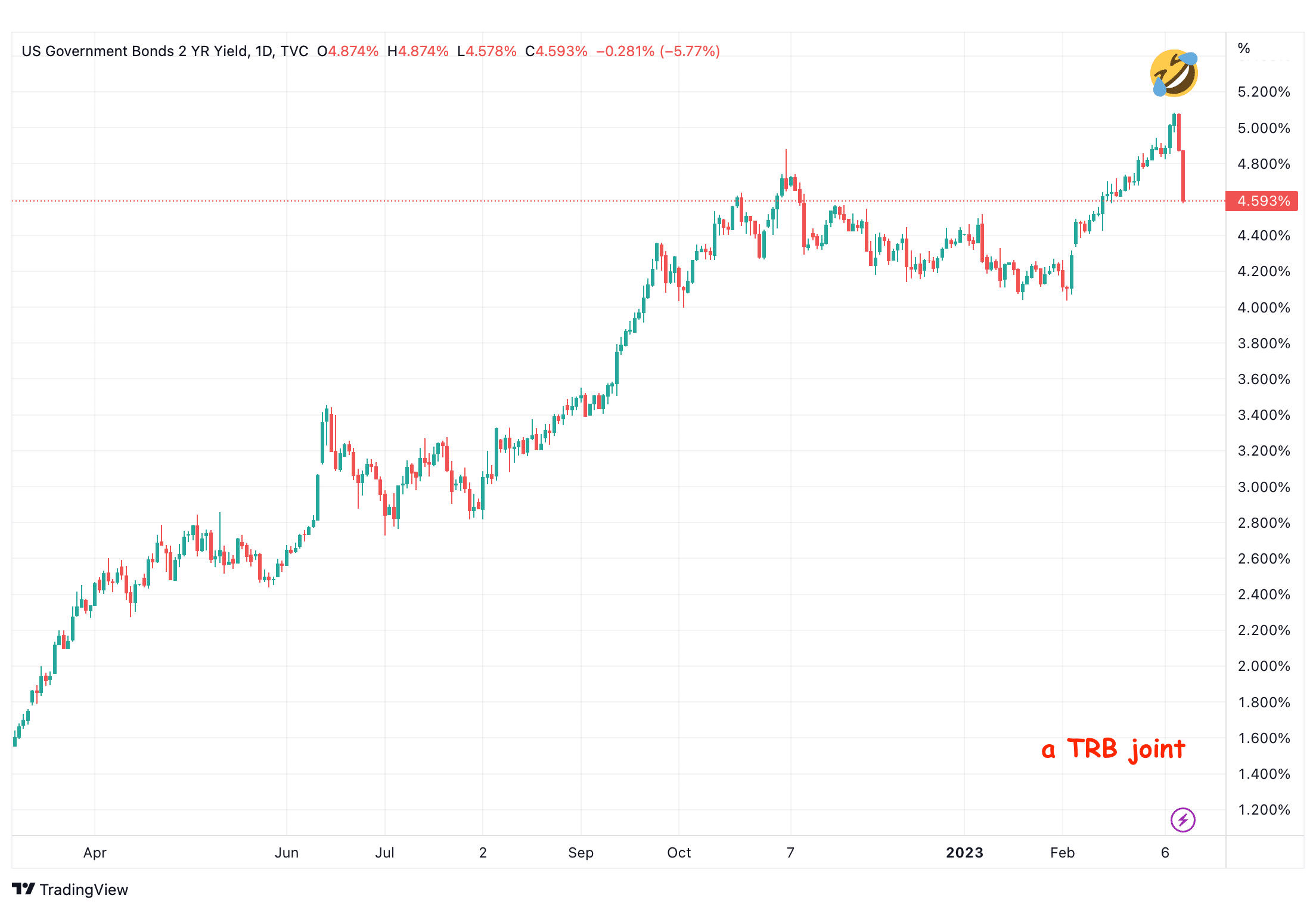ABU DHABI, Jan 22 (IPS) – “Middle East” or “West Asia?” This somewhat divided nomenclature adds another layer to the region’s already “complicated” label. Is it the “Middle East” because it is in the “middle” of the East? Is it “West Asia” because it is in the western part of Asia? So, why is the region mostly called the Middle East? It is “geographically ambiguous” to some, as it is “East” only from the “West’s” perspective. The term West Asia has fewer challengers, but it isn’t used as much.
According to Principles of Nomenclature and Classification, a fundamental problem for nomenclature is the existence of two or more names for the same taxon, for only one name can be considered correct or valid. Taxon is not so much of a contention in this case; a lack of unison exists. The names of geographical regions have had historical, cultural, and sometimes even linguistic significance.
Some region’s names are based on events that took place there. For instance, the “Balkans” in South-eastern Europe is named after the Balkan Mountains, which have played a significant role in the region’s history. Geographical features often influence names, too. North America’s “Rocky Mountains” are named for their rugged terrain, while the Amazon rainforest is named after the Amazon River.
Some regions have been named after prominent geographic features or valuable resources. For instance, the Sahara Desert is named after the Arabic word for “desert,” and Sierra Nevada means “snowy range” in Spanish. More importantly, political factors have played a role in naming regions with borders and administrative divisions, leading to new names, often for practical or administrative purposes.
The widespread perception behind the term “Middle East” is that it originated in the 1850s in the British India Office. It is also documented that the name was more widely used after American naval strategist Alfred Thayer Mahan used the term in 1902 to “designate the area between Arabia and India.” However, the term was used mainly in a Eurocentric context to refer to the countries and territories of the Ottoman Empire and the surrounding regions.
The Middle East is geographically situated on the western edge of Asia, bordered by Asia to the east and northeast. This geographical proximity and the interconnected history, culture, and trade between the Middle East and other Asian regions have contributed to its classification as part of Asia. Fortunately or otherwise, these terms have no strict, universally accepted definition, and their usage can vary depending on context and perspective.
“West Asia” is a more modern term that has gained popularity, especially in academic and geopolitical contexts, and is often seen as a more neutral and geographically accurate descriptor for the region. It is often used as an alternative to “Middle East,” avoiding some historical and cultural connotations associated with the region. Whichever way one looks at it, a nomenclature clash goes against the ethos of constructivism in international relations, which emphasizes the role of ideas, norms, and identities in shaping state behavior and global politics.
Another school of thought maintains that the term Middle East has been associated with the broader region’s cultural and historical ties to the Eastern Mediterranean and the Arab world and often implies a broader cultural and historical context. The exact boundaries of the Middle East or West Asia can vary depending on these perspectives. Moreover, both the terms have evolved and have historical, geopolitical, and cultural significance.
Some definitions may include specific countries, while others may exclude them. For example, Egypt and Turkey are sometimes included in the Middle East but are more accurately described as transcontinental countries. These terms are primarily geopolitical and do not necessarily reflect cultural, historical, or linguistic differences. Political considerations and regional sensitivities may also often influence the choice of terminology.
Both terms are widely used in practice, and their boundaries can be somewhat fluid. The choice between “Middle East” and “West Asia” often depends on the context, the specific focus of the discussion, and regional preferences. It only shows that naming countries and regions has often been a source of incongruities and anomalies due to historical, political, cultural, and linguistic factors.
Some examples from outside the region illustrate this argument. Geographic names can sometimes lead to anomalies when they do not accurately reflect the territory they encompass. For instance, the Ivory Coast (Côte d’Ivoire) was named after its principal export, but it does not cover the entire country.
The legacies of imperialist powers have been the most potent factor behind incongruous names. These examples illustrate how a complex interplay of historical events, political power dynamics, linguistic diversity, and cultural identities has shaped naming conventions. Seen in its entirety, incongruities in nomenclature can persist and often reflect colonial legacy, territorial disputes, or changing political circumstances.
Ehtesham Shahid is an Indian editor and researcher based in the UAE. X: @e2sham
“The article first appeared in Khaleej Times.” (https://www.khaleejtimes.com/opinion/settling-the-middle-east-vs-west-asia-debate)
IPS UN Bureau
Follow @IPSNewsUNBureau
Follow IPS News UN Bureau on Instagram
© Inter Press Service (2024) — All Rights ReservedOriginal source: Inter Press Service
















